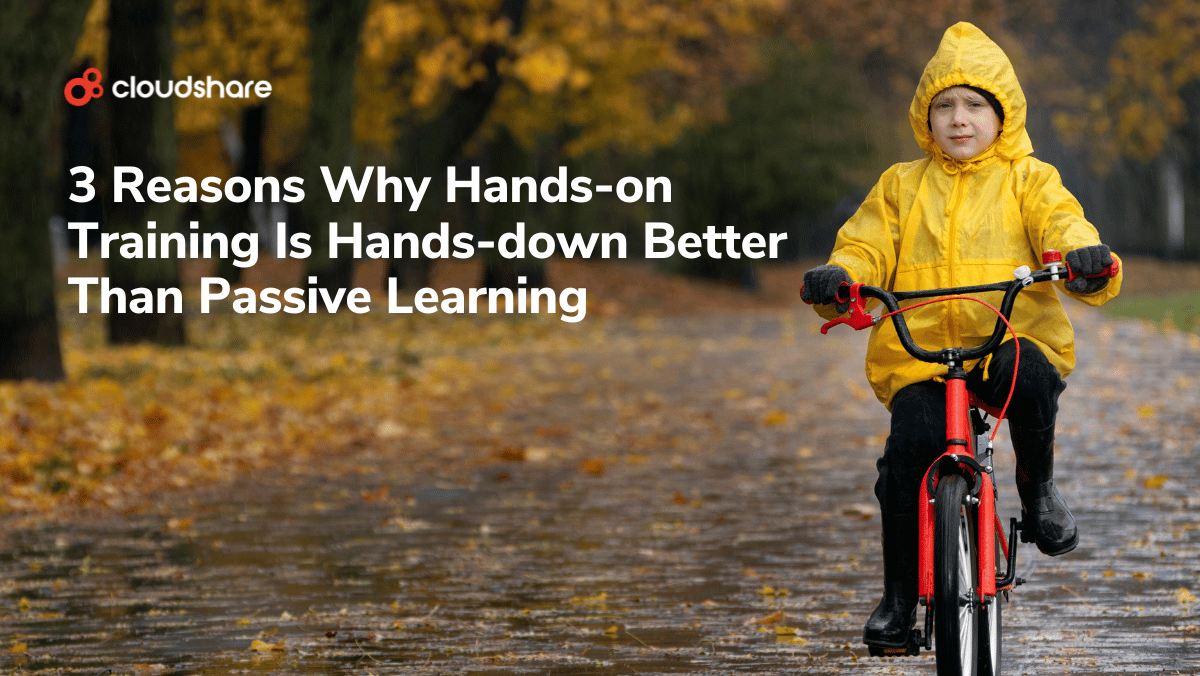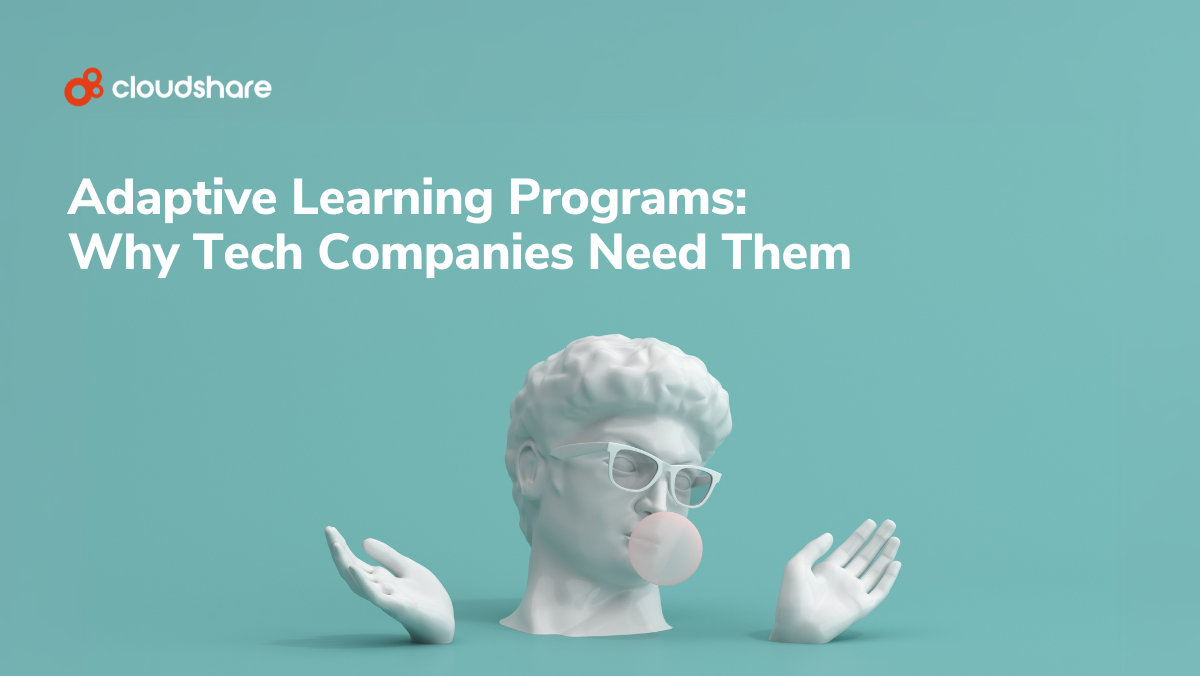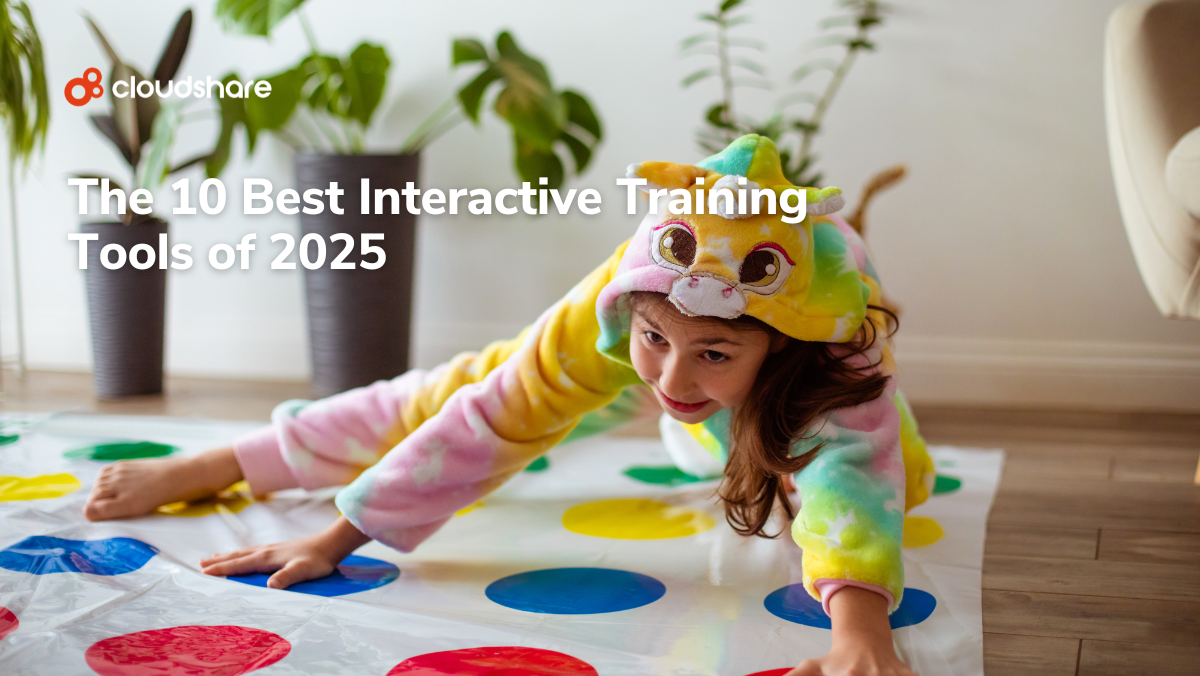
The one and only way to learn how to ride a bike is to get on it and go.
That’s not the case for learning how to operate software. There are a number of ways to conduct software training, but let’s be clear: hands-on training has proven to be the most effective. Hands-on training is a form of “experiential learning” that helps learners:
- Develop real-world skills
- Develop critical thinking and problem-solving skills
- Become more engaged and motivated
- Build relationships and collaborate with others
Let’s unpack these ideas in the context of software training.
Customers will better understand your product’s value
The B2B software market has never been more competitive. We live in an age of subscription-based services where dozens — perhaps even hundreds — of vendors are vying for each customer’s attention at any given time. In this market, retention is everything.
Unfortunately, this is also a market in which customers can afford to be fickle. If there’s something they dislike about your software or if it doesn’t start generating value for them right away, many will think nothing of dropping you for another vendor. To ensure that doesn’t happen, you need to prove your software’s value to them right off the bat.
Hands-on training is the best way to accomplish that. If you sit down and try to describe all the things your software can do, customers aren’t likely to listen, and they’re even less likely to remember
But if you can show them value or, better yet, if they can experience the value of your software for themselves, you’ll be able to keep them loyal.
That’s why hands-on training is an incredibly powerful force for customer retention, not only driving adoption but also promoting engagement and fostering continuous use.
Hands-on training can be incredibly versatile
There’s only so much you can do with a static product demo. Hands-on training doesn’t suffer from that shortcoming. With the right training software, you can deliver a tailored product experience that directly speaks to a customer or prospect’s unique needs and pain points.
You’ll also have a huge amount of freedom in defining what that experience looks like. If you want to construct a guided product tour in which customers are shown specific features and functionalities, you can. And if you want to provide a prospect with a sandbox version of their ecosystem with your software installed?
That’s doable, too.
Whether for demos or onboarding, you can deliver whatever experience you believe will be most effective at making a sale or generating engagement. And your training will be all the more memorable for it.
The learning experience is more engaging
A recent survey we did with training managers and directors once again confirmed that user engagement remains a top challenge. (For more, download The State of Virtual Software Training in 2023.)
When the training experience fails to engage, students often don’t stick around. At the very least, they learn less. The result: lower adoption and customer satisfaction.
VILT is the ultimate weapon for increasing engagement in software training. Bringing a virtual environment to your training enables learners to interact with the instructor, each other, and above all, the software. The immersive experience has a profound effect on engagement, knowledge retention, and learning outcomes.
With CloudShare, instructors can take advantage of features to:
- Empower users to customize the viewer at an environmental level and class level
- Allow users to share their screens to guide users
- Create breakout groups to encourage collaboration
- Conduct discussions via virtual chats
- Use whiteboards, quizzes, polls, and discussion boards for interaction
“Any time training is delivered, only 1/3 of the class time should be spent on the presentation of the course content. The other 2/3 of the total class time should be spent providing learners with opportunities to apply what they’ve learned and to receive feedback on their performance.”
Excerpt from Fundamentals of Virtual Classroom Design
by Langevin Learning Services
Trainees get more control
Software trainers can obviously help a student understand a concept or tactic through show-and-tell mechanisms such as videos and webinars. However, that makes for a one-way street where the trainer is in control and trainees simply get what they get.
Live virtual-led instructor training (VILT) is interactive. You let your customers loose on your software in a safe and secure sandboxed environment. They’re bound to stumble on challenges the instructor may not have considered including in the lesson. So, they’re far more likely to get precisely what they need from the training.
Students can ask specific questions or request assistance. Instructors can then use CloudShare’s “over-the-shoulder functionality” to assist as they might in a physical classroom.
Get your hands on CloudShare
Ready to achieve new levels of performance with live, hands-on instructor-led training? Download the Software Training Buyer’s Guide.
Can we immerse you in CloudShare’s virtual training platform for a few minutes? We’ll do a demo—hands-on, of course.
This post was originally published on October 5, 2021 and updated in November 2024.




